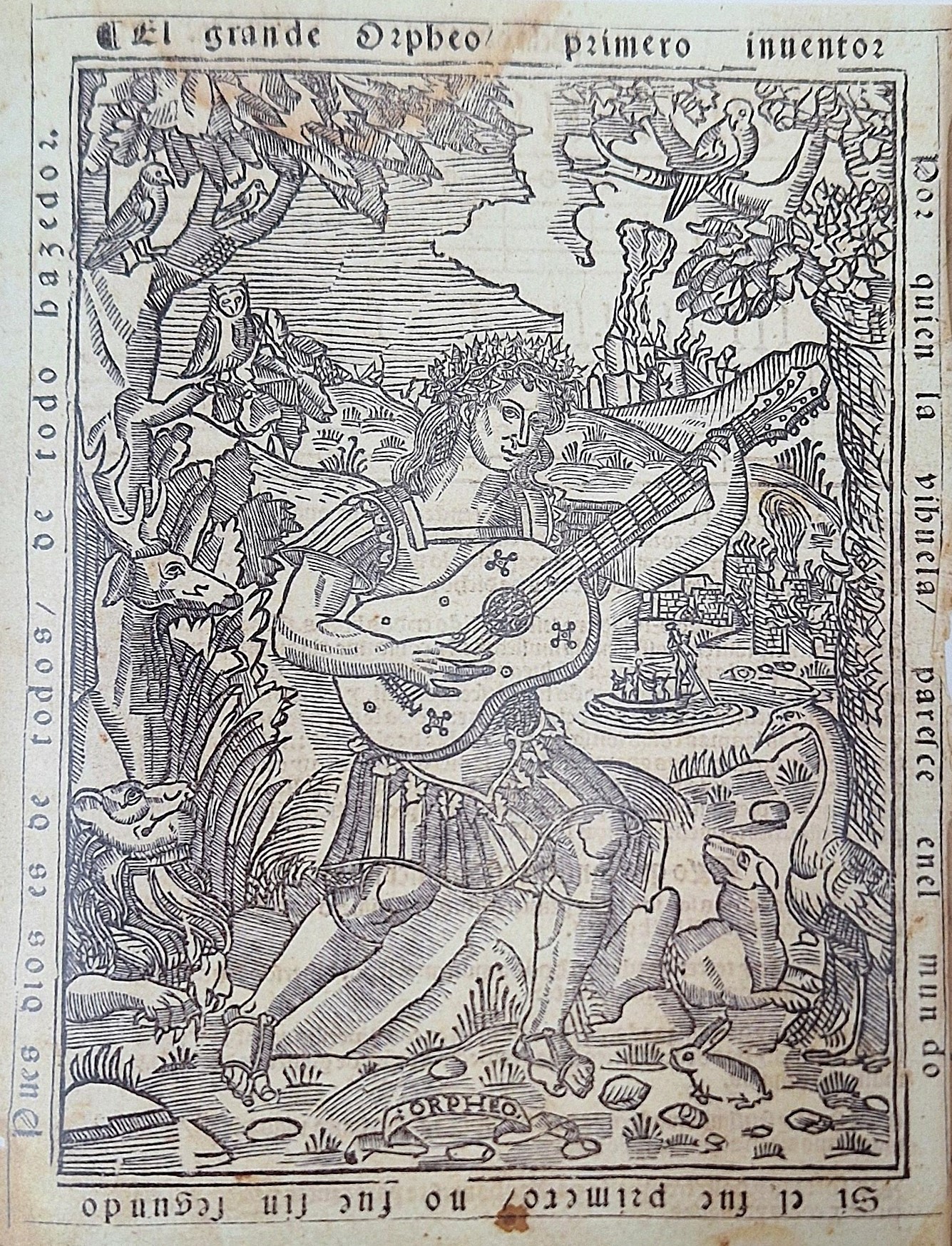The vihuela, a fretted instrument with a flat, slightly-waisted box shape, was the “lute of Spain” and the most prestigious and noble instrument of the Renaissance. It owed its dominance to the musical preferences of the ruling Borgia family, the insistence on preserving Spanish culture after the completion of the “Reconquista” in 1492, and the resulting beneficial consequences. The lute, which originated from the imported Arabic oud, did not achieve the same primary importance in the Spanish Renaissance as it did in the rest of Europe. The vihuela was a very widespread instrument among all social classes on the Iberian Peninsula, in the overseas colonies, and in Italy. Due to fundamental musical innovations – the emergence of basso continuo and monody (ca. 1600-1800) – it was supplanted by the Baroque guitar towards the end of the 16th century.
Despite the large number of vihuelas at that time, there are no surviving vihuelas from the first half of the 16th century that could serve as a model for the reconstruction of the highly demanding, high-quality, varied, and original pieces of music. For this reason, I have designed my own model with a string length of 58 cm and a flat or arched back, based on a historical illustration from the book El Maestro by Luis Milán (1536) in collaboration with musicians, various illustrations, the surviving vihuelas, and the construction traditions of that time.

Original spruce soundboards were made without edge inlays or with a parchment-bound edge. For pragmatic reasons (edge protection, interior repairs), I recommend a discreet edge inlay.
Preserved vihuelas
(Without dendrochronological analysis, so dating must be assessed with caution:)
- Vihuela Guadalupe, ca. 1500, (Muse Jacquardkarte-André, Paris)
flat back, string length 79.8 cm, (a non-representative, poorly constructed instrument)
- Vihuela Chambure, late 16th century, (City de al Musikus, Paris)
Back with 7 longitudinally and transversely curved rips, string length 64 cm, (very late date of manufacture)
- Visuell Quito, ca. 1600 (Iglesia de la Compañía de Jesús, Quito)
flat back, string length 72.7 cm, (very late date of manufacture; the decorations on the top correspond to a Baroque aesthetic)
